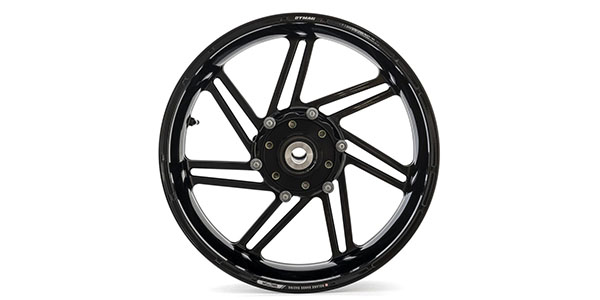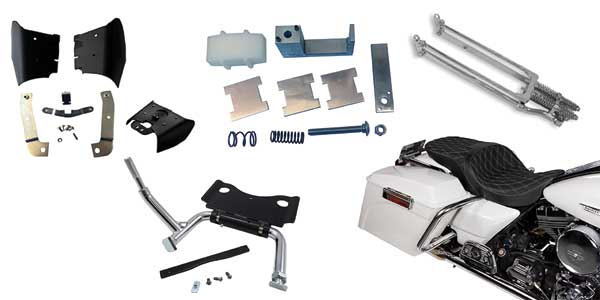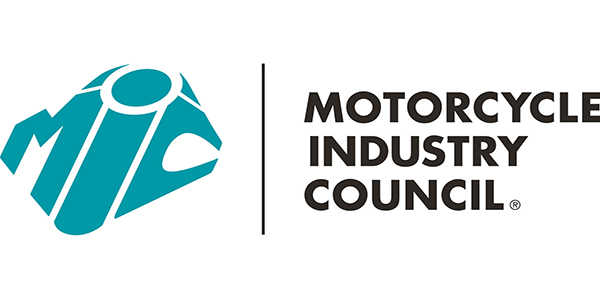Many dealers have it all wrong! After working with dealerships for 20 years and delivering more than 1,200 seminars in the past decade, one of the most common questions we get from dealer principals is: "Where can I find qualified people to work in our dealership?"
This is a real problem and an appropriate question. If you look at the numbers, the challenge to find new, quality employees will only get worse. You need good managers rather than "damagers" to retain good people. It is predicted that the current decline of skilled workers will be the greatest in history. Is it all being caused by the aging of the 76.4 million Baby Boomers? Most experts don’t think so.
Birth Rates
The real reason, according to The Herman Trend Alert written by Strategic Business Futurist Joyce Gioia-Herman, is the dramatic reduction in birthrate. There were 68.5 million children born into Generation X between 1965 and 1985. That’s almost 8 million less births than the Boomers. There was on average a 2.6% increase in birth rate in the ’70s, but by the 1990s, the birth rate in the United States dropped to a 1.1% increase.
How does this affect you? Well those low birth rates from the late 1980s and early ’90s are starting to hit dealerships. This realization was staring me straight in the face — literally — as people attending our dealer workshops are increasingly born in 1988 and 1989!
So the bottom line is that there are less people from which to choose from. But if you watch CNN, you are painfully aware that you don’t need to be born in the U.S. to work here, so how does immigration play into your dealership’s labor pool possibility?
Immigration Impact
The Rand Corporation has been researching this topic for the past 50 years. The last Rand Report study concluded that, "The annual growth rate of the nation’s workforce is expected to slow to a nearly static 0.4% by 2010."
The Herman Trend alert also adds that, "Immigration has added more people to the workforce, supporting expansion, but the supply growth rate is still substantially lower than the demand energized by the expanding economy."
So will immigration have a positive effect on your dealership’s labor pool? Chances are probably not. And there is another factor likely to drain the water in the available talent pool a little further.
Generational Perception
Younger people are being bitten with the entrepreneurial bug. The Wall Street Journal notes this trend in discovering why many young people aren’t saving for retirement. WSJ staff reporter Emily Meehan quotes Brett Bisciotti as typical of the new mindset:
"He is 29, and wants to use all the income he can spare from his job at a delicatessen in Verona, New Jersey, to try to buy the place. ‘If you’re not born with a silver spoon in your mouth, and you want to make it, you gotta use the money you have now to go to the next level,’ he says.
"Mr. Bisciotti believes the only way he’ll make a decent living — "not just $60 grand a year, but the pool, a little Mercedes, a timeshare in Florida" — is to be self-employed."
Many younger people don’t want to work in a dealership — they want to own it! Now all they need is a couple of million dollars, and they’re all set. And if barriers to entry are too great for one business, they will just try another.
The Right Question
Okay, so if this is the data and if the right question isn’t where can I find more workers, what is the right question? The right question is quite simply: "What can I do to keep and develop my current employees?"
With all of the trends stacking up against you having an unending talent pool to draw from, it’s imperative that you take care of the quality employees you have. You need to manage, not damage, your current talented staff. There are some things to keep in mind:
1) The Xerox Effect
Imagine you’ve been waiting in the doctor’s office for just a few minutes. The physician bursts through the door and grabs your file. After looking at it quickly, he glances up at you and stoically says, "We’ll schedule surgery for this afternoon."
Astonished you ask, "Doc, do you really think we need to operate on my ankle?"
"Oh we’re not operating on your ankle. We’re doing a heart bypass."
"A heart bypass? But I came in because I think I sprained my ankle."
"Well the heart surgery helped the last patient, so we’re going to do that for you, too."
Even with a sprained ankle you would run out of there like your hair was on fire. So why do we fall prey to thinking our co-workers are duplicate copies of one another? Why do we think what worked while managing one employee will work with another?
2) Move Over Rover, Let Jimi Take Over
Yeah, I couldn’t resist. Hendrix was a master of the use of feedback. For years sound technicians tried to eliminate feedback and not have it occur during musical performances. Hendrix would actually locate spots on the stage where he could get an in-phase feedback signal more easily and would use it as a part of his signature sound.
You should use feedback, too. But you have to use it correctly because as we’ve established, employees — like songs — aren’t all the same. Some will need a lot of feedback, others not so much. To add another level of complexity, it will also depend on the task. Ken Blanchard and Paul Hersey have developed a model of situational leadership that can help. There are really four phases to their model.
- Directing: When someone is just starting out on a particular task, you will spend a lot of time directing that person on how to do something. Telling and guiding are all part of your role, and because your employee is new, they will probably be filled with excitement and enthusiasm.
- Coaching: Then as your people become more familiar with their work, you will engage in more dialogue. Two-way communication and encouragement will be needed here. You’ll still do some guiding and telling at this point.
- Supporting: After your new hire has a great grasp of their task, the decision making can (and should) be passed on to them. You can play a part in decision making, but they should have the control — e.g. where to put the display, how to approach prospects, how to handle requests for model information… Your role as a manager here is to increase their confidence.
- Delegating: You can use delegation as a feedback guide when your staff can manage their own work and their own motivation on a given task. You will touch base, bounce ideas around but will do it with much less frequency.
3) Withholding Encouragement
I spoke with a manager once who said, "I’m not a cheerleader. If they want encouragement, they’ll have to get it somewhere else. We’re here to do a job."
Wow! I don’t think this person could be less accurate. As I’ve stated previously, James Allen, the father of American psychology, has noted that people crave appreciation. Not to acknowledge this is to miss a huge driver of the human condition.
Don’t misinterpret this advice. I’m not saying you need to throw a party because someone comes to work on time, that’s part of the job. But if they make a great sale, overcome a challenge or work through a particularly tough customer service issue, why not tell them they did a good job?
4) Vague Praise
Another trap that some managers fall into is vague praise. With these managers they don’t withhold their positive comments but they give it out so generally that it has very little meaning. "Good job" or "Way to go!" is fine once in awhile, but to get the real mileage out of praise with employees you need to be specific:
"Steve, I really like how you handled the Thompson situation. You took him to a private place where he knew you were giving his situation special consideration and by doing so, you isolated the conflict from other customers. You then asked for time to research the situation. You did and found the real cause not to be a backorder but that fact that we didn’t order the item in a timely fashion. You owned up to your mistake and then gave options for him to choose how to solve it. That’s how you create long-term customers. Way to go."
See the difference?
Employer Of Choice
The average retail cashier in the country makes $10 an hour. Old Navy outlets are paying $11 an hour to start. Hopefully you’re paying more. But it’s not just about money. It’s about being an employer of choice.
When employees want to work for you because you take care of them developmentally as well as monetarily, you will create long-term employees. These employees:
- Know the business and require much less hand-holding
- Know the product
- Create loyal customers
- Allow management to concentrate on taking the business in new directions.
Not too long ago there were management consultants promoting a "burn and turn" attitude. Get the employees in at relatively low wages, work them as hard and as long as possible, and then when they start to earn decent money, fire them and start over.
That advice is madness. It’s not good for the industry. It’s not good for your dealership. It’s not good for our customers. And it’s not good for those people who get turned and burned.
The retail motorcycle business isn’t for everybody. But when you find those rare gems that do excel, take care of them. Develop them well. Manage them, don’t damage them. Your quality employees are your most precious resource.














